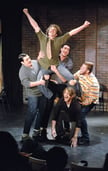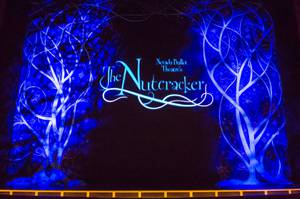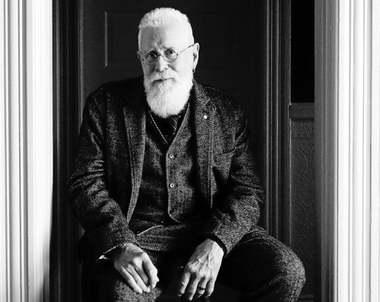Another season, another column about a dead person. So it goes in this dreadful year.
Edward Albee, the three-time Pulitzer-winning playwright whose most famous work, Who’s Afraid of Virginia Woolf?, is (pardon the Internet-ese) the greatest play EVER, died last Friday. Unlike Bowie and Prince, Albee lived a full life to the age of 88. But like any true icon, we’ll never see the likes of him again. A maker of “sick plays for sick people,” to paraphrase one of Woolf’s more infamous reviews, Albee didn’t care to win your heart so much as watch you squirm.
In addition to Woolf, an acidic domestic drama once surmised as “three and a half hours long, four characters wide and a cesspool deep,” Albee wrote more than 30 plays, the better of which trade in broken relationships, toxic family units and cosmic levels of disillusion, often conjured through copious consumption of alcohol. Whether pairing the troubled relationship of a retired couple to that of two anthropomorphized lizards (Seascape) or showing a husband coming out to his wife and son after falling in love with a farm animal (The Goat, or Who Is Sylvia?), Albee preferred his audience shaken and stirred. “If you left one of his plays feeling good about yourself,” wrote Ben Brantley in last Saturday’s New York Times, “then it would seem that Mr. Albee hadn’t done his job.”
My introduction to Albee was typical: Mike Nichols’ 1966 film adaptation of Woolf, which starred Elizabeth Taylor and Richard Burton as married alcoholics who verbally abuse a young couple they’ve invited for after-party cocktails. The movie is endlessly quotable (“I dance like the wind!”), and only a grump could miss the humor in lines like, “We take our tears, and we put ’em in the icebox, in the goddamn ice trays, until they’re all frozen, and then … we put them … in our … drinks.” But for a generation of ’70s kids who grew up with booze-happy, divorce-bound parents, George & Martha’s pickled mind games hit a bit too close to home (even closer for me, as my mother bore more than a passing resemblance to Taylor), making a brilliant movie feel almost lethally bleak.
Woolf is a different experience onstage, where its miserable themes are cut by the sheer thrill of watching great actors get in the ring and knock each other out. In 2005, I saw a Broadway revival starring Kathleen Turner and Bill Irwin (along with David Harbour, pre-Stranger Things yet already sexy as hell). I immediately returned in 2012 for the Steppenwolf Theatre production, starring Tracy Letts and Amy Morton. Much more so than with the movie, I was all too aware of the astonishing amounts of liquor poured, the endless lighting of cigarettes and how the entire pitiful train wreck was happening in one night. I went home feeling bulldozed, exhausted yet elated, which is all I ever want from art.
For all the Tonys and Pultizers he received, Albee remained firmly skeptical of critical acceptance. “Perhaps there are better plays to their audience,” he once said, “but they are not better plays for their audience. And since the critic fashions the audience taste, whether he intends to or not, he succeeds each season in merely lowering it.”
So go forth and make things that are big and messy, weird and ambitious, extreme and polarizing. Keep Edward Albee alive.







